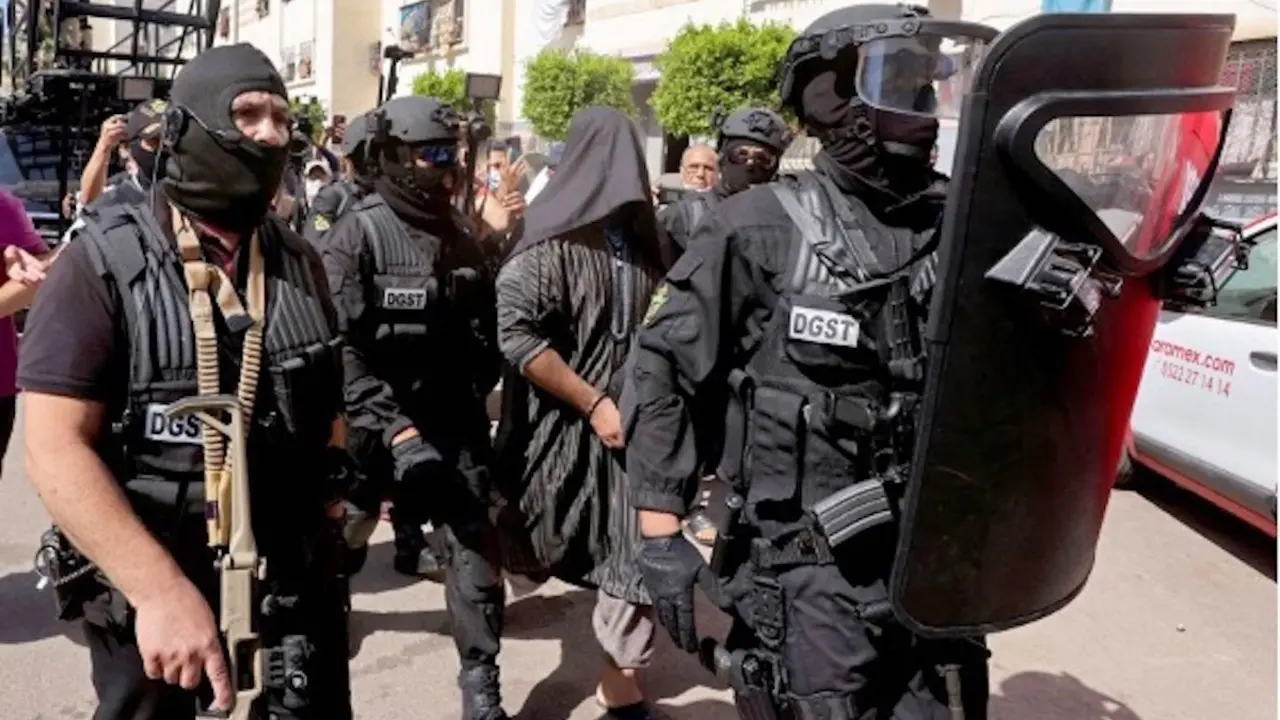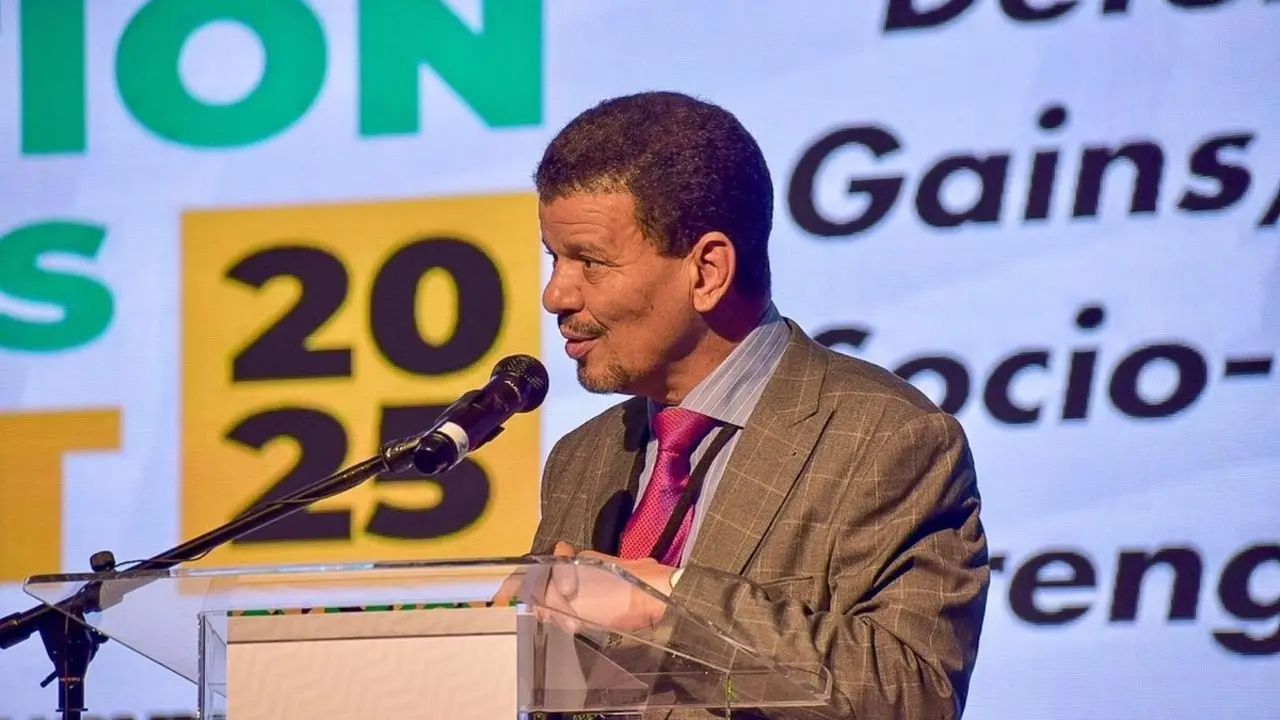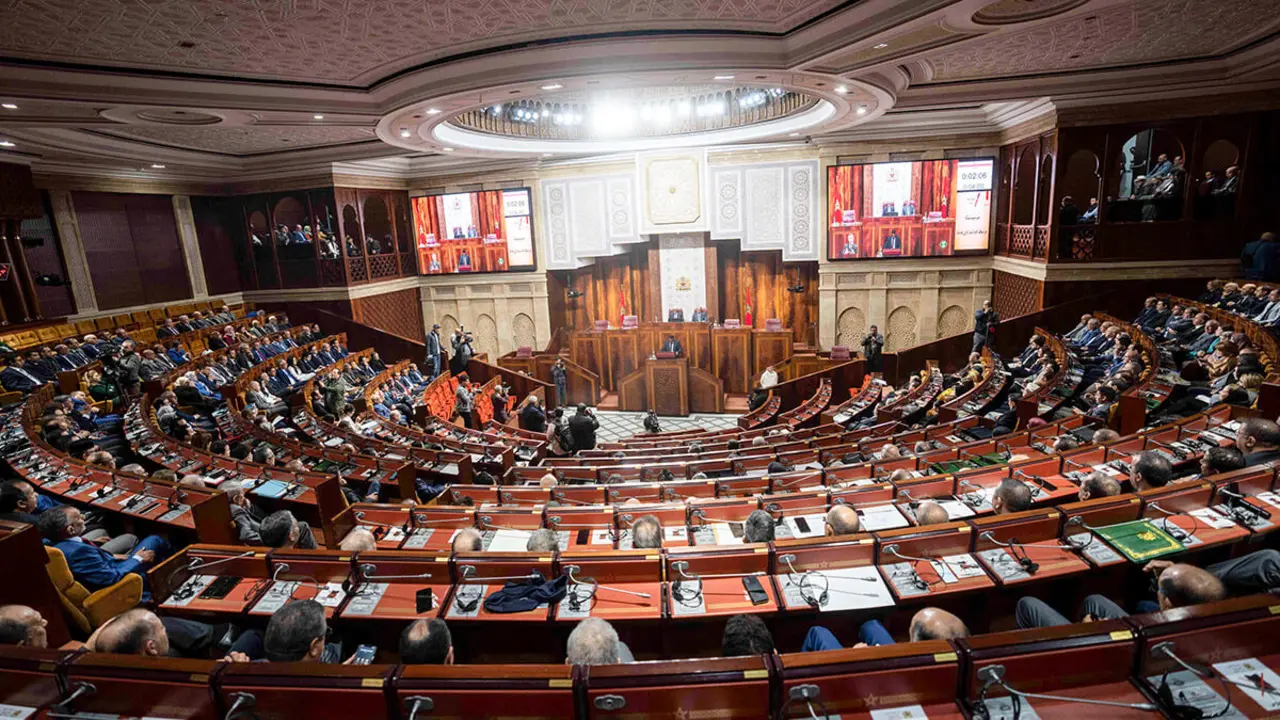From the entanglement of the Leopard to the renewal of the counter-tank and anti-aircraft missile arsenal

While President Sanchez tries to resolve the political tangle of adding Spain to the shipment of Leopard battle tanks to Ukraine, the Ministry of Defence headed by the magistrate Margarita Robles is immersed in strengthening the anti-tank and anti-aircraft capabilities of the Spanish Armed Forces.
Most of the Spanish combat units' anti-tank and air defence missile models are technologically outdated. Moreover, the number of these missiles is at a low level in military magazines. After years of waiting, Defence has finally decided to include financial allocations in the General State Budget for 2023 to renew a large part of both types of missiles in service in the Spanish Army, Air Force and Navy.

The person responsible for planning and executing national armament policy, both the Leopard and missile issues, falls on the shoulders of Admiral Aniceto Rosique, who on 28 January celebrates his first year at the head of the Directorate General of Armaments and Material (DGAM). It is a post he reached after being in command of the Cartagena arsenal and the Navy's Logistics Support Headquarters, where he acquired extensive experience in managing the maintenance of large and complex weapons systems.
With pressure from Moncloa to find a solution to the delivery of Spanish Leopards to Ukraine, Admiral Rosique's task in the missile issue is to direct the modernisation process - in some cases - and purchase - in others - of four very different families of weapons. On the one hand, the Patriot, NASAMS and Mistral 3 anti-aircraft missiles, of long, short and very short range, respectively.

Secondly, the acquisition of the 5th generation Spike LR2 guided missile, which is intended to be the main shield against tanks and armoured vehicles and the backbone of the army's ground defence. It is a vector that complements the Spike LR already in service in Spain, but which it exceeds in range (5.5 kilometres), armour-piercing capacity and guidance accuracy.
Developed by the Israeli company Rafael, the Spike LR2 is the model selected to replace the US TOW missile in the army and marines. Although the purchase has already been authorised by the Council of Ministers, the Ministry of Finance has not yet released the 287 million euros needed to formalise the purchase of 168 firing positions and 1,600 missiles.

Minister María Jesús Montero is expected to order the transfer to Defence in February, so that the contract "can be signed before the summer", according to sources linked to the programme. The production of a large part of the missile's equipment and subsystems is the responsibility of a group of five Spanish companies, which will receive more than 90 million euros.
For example, the propulsion rocket engines are manufactured by Expal; the warhead and explosives are also manufactured by Expal, together with the Granada Munitions Factory (FMG); and the guidance and launch units are the responsibility of Tecnobit, in cooperation with Escribano.

The national consortium is led by the company Pap Tecnos, the Spanish subsidiary of Rafael, which is responsible for the integration of the missiles at its 6,000 square metre facilities in Torrejón (Madrid), as well as the coordination of the work and the transfer of technologies. For the current year, 119 million euros have been budgeted, and the industrial plan is already in the hands of Air Force General José Antonio Gutiérrez Sevilla, who has just completed three months at the head of the DGAM's sub-directorate general for programmes.
With regard to the protection of national airspace with ground-based anti-aircraft missiles, Defence sources admit that "it is foreseeable that the Council of Ministers will authorise the contracting in the second half of the year". The largest investment - some 1.4 billion euros - is the purchase of new batches of Patriot MIM-104s in their most advanced export configuration.

A weapons system developed by the world's leading missile manufacturer, the US corporation Raytheon, Spain's intentions are to acquire a PAC-3 MSE version battery, with a greater degree of precision and the capacity to shoot down ballistic missiles at a range of more than a hundred kilometres. Also to convert the more outdated PAC-2 missiles of the 73rd Anti-aircraft Artillery Regiment in Marines (Valencia) to the PAC-3 MSE configuration.
The top priority is the purchase of Mistral 3 very short-range surface-to-air missiles because they meet the very low-level air defence needs of the army, navy and air and space forces, which have outdated versions. A product of the Franco-German-British-Italian multinational MBDA, the Mistral 3 has a range of around 6 kilometres, great manoeuvrability and incorporates notable advances over previous versions.

It has a 5th generation passive infrared guidance seeker and electronic countermeasures that make it difficult to shoot down in flight to the target. With an investment of more than 300 million euros, its upgrade will be carried out by national industry, which will provide new generation hardware, a new infrared vision system and advanced firing simulators.
In terms of short-range platforms, the project includes upgrading or replacing the army's NASAMS (National Advanced Surface-to-Air Missile System) batteries, which are equipped in the 94th (Las Palmas de Gran Canaria) and 73rd (Marines, Valencia) anti-aircraft artillery regiments. It is a missile developed by the Norwegian company Kongsberg to hit aerial targets at a distance of around 20 kilometres. NASAMS is a derivative of the AIM-120 AMRAAM air-to-air missile, a product of the aforementioned US giant Raytheon.
With a planned investment of more than 300 million euros, the NASAMS replacement will also replace the short-range Spada 2000 system - from the Italian manufacturer Alenia, already integrated into MBDA - which serves as a protective umbrella for the Air Deployment Support Squadron (EADA) in its missions in overseas areas of operations. The EADA belongs to the Air and Space Army and is located at the Zaragoza air base.









